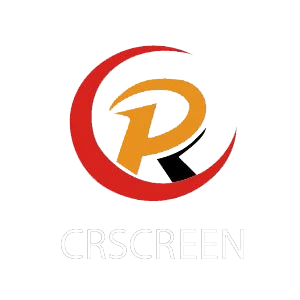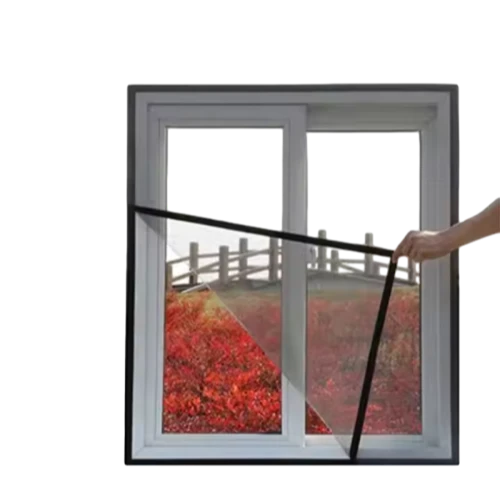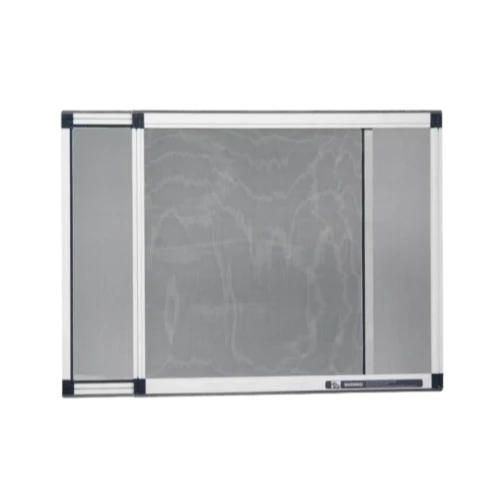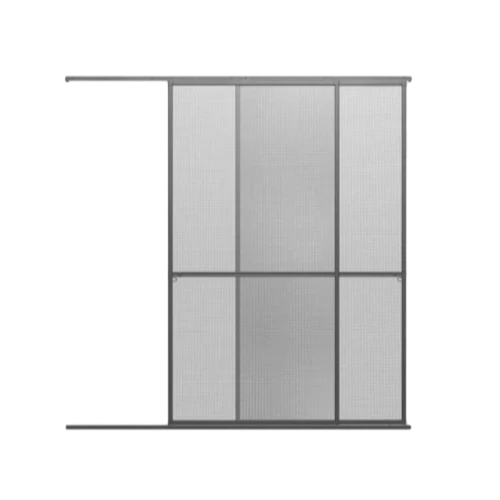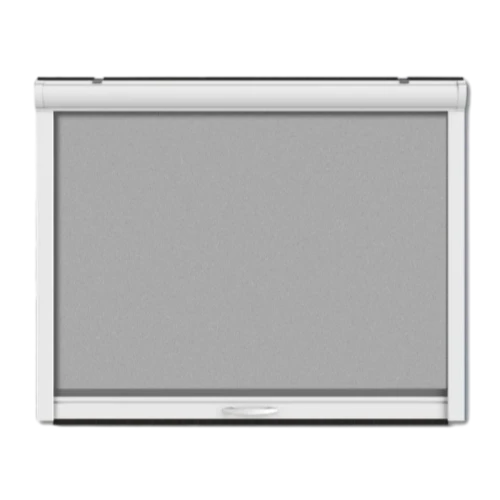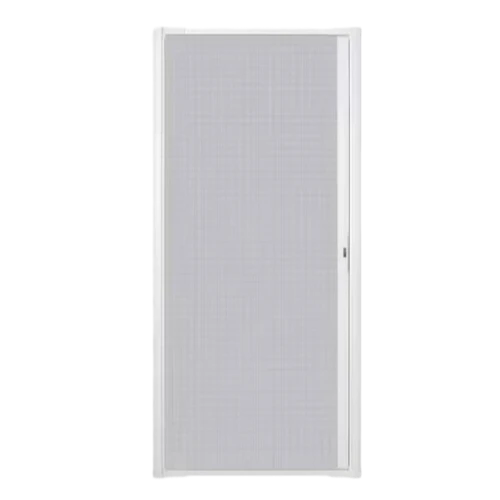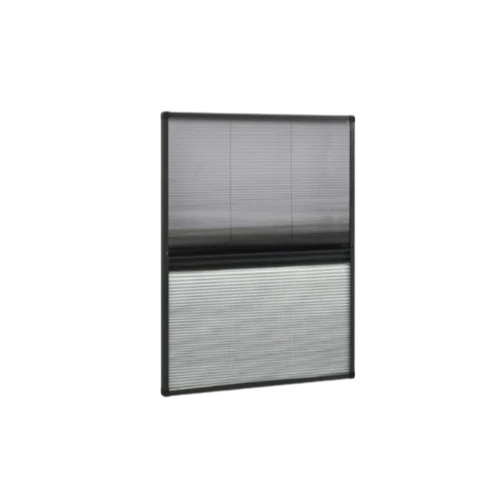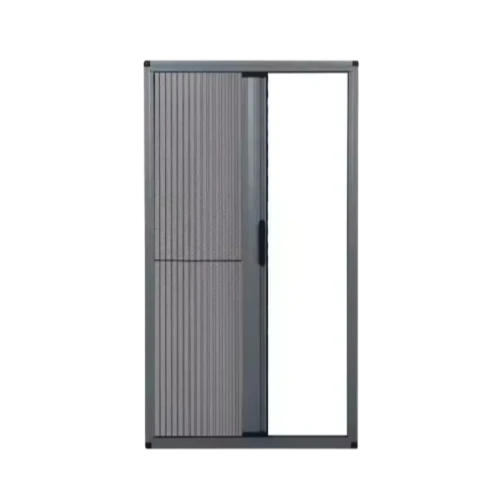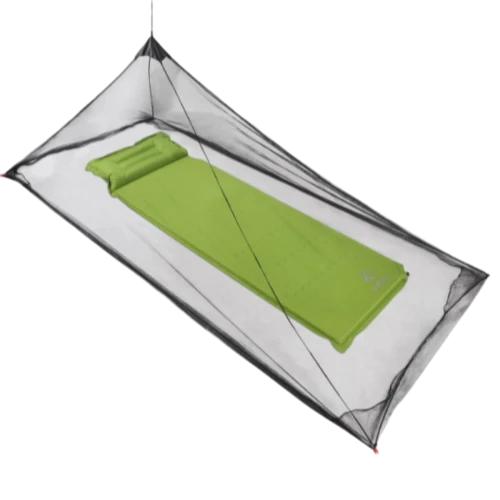Lug . 05, 2025 08:16 Back to list
Retractable Fly Screens Cost Guide Affordable & Custom Solutions for Your Home
- Introduction: Understanding retractable fly screens cost
and influencing factors - Key Data Insights: Average costs and market trends
- Technical Advantages of Retractable Fly Screens
- Manufacturer Comparison: Price and Features Analysis
- Customizable Solutions for Diverse Requirements
- Application Scenarios: Real Case Studies
- Conclusion: Key Takeaways about retractable fly screens cost
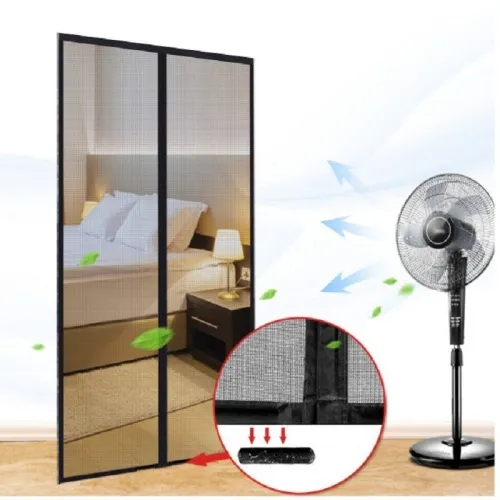
(retractable fly screens cost)
Introduction: Unpacking Retractable Fly Screens Cost Variables
When considering home improvements or office upgrades, understanding the retractable fly screens cost is pivotal for effective budgeting and decision making. These systems, designed to efficiently keep insects out while maintaining airflow, have rapidly evolved from luxury items to near-necessities in modern properties.
The total fly screens cost is determined by several variables. Primary factors include the screen's material (aluminium, fibreglass, polyester, stainless steel mesh), the opening’s size, installation method (DIY kit versus professional install), the complexity of window or door frames, and brand quality. Climate and frequency of usage can also influence product longevity and, consequently, the ongoing average cost to replace window screens over time.
Additionally, regional pricing variability, supplier markups, and seasonal demand spikes contribute further complexity. Understanding both upfront and lifetime costs empowers consumers to better evaluate the long-term value of retractable fly screens, and helps businesses accurately project return on investment for multi-property or large-scale installations.
Key Data Insights: Market Statistics and Cost Analysis
To bring clarity to the market, it's essential to examine up-to-date cost averages and market trends. Industry benchmarks—synthesized from regional home improvement associations and supplier price sheets—reflect that, as of the most recent studies, the average cost to replace window screens resides between $120 and $400 per standard window (36” x 60” opening), highly contingent on customization and mesh material.
According to the Global Fly Screens Market Report 2023, consumer demand for retractable options has risen by 23% year-on-year, indicating a growing preference for versatile, space-saving designs. In parallel, average product costs have stabilised as production scaling and competition ramp up.
| Screen Type | Material | Average Price (per unit) | Installation Cost | Replacement Frequency |
|---|---|---|---|---|
| Fixed Fly Screen | Aluminum Mesh | $65 - $200 | $35 - $100 | 8-10 years |
| Retractable Fly Screen | Fibreglass/Polyester | $120 - $400 | $80 - $200 | 10-15 years |
| Premium Retractable | Stainless Steel Mesh | $220 - $750 | $120 - $270 | 15+ years |
The table reveals that although initial investments for retractable fly screens are higher than traditional fixed variants, their longevity and superior functionality often reduce long-term replacement and maintenance expenditures.
Technical Advantages of Retractable Fly Screens
Beyond cost, technical advantages substantiate the rising preference for retractable systems. Modern fly screens integrate robust rolling or pleated mechanisms for seamless operation, enabling users to retract the screen when not needed and maintain unobstructed views and airflow. The use of high-tensile synthetic meshes or corrosion-resistant metals offers exceptional durability against weathering and UV exposure, extending usable lifespans well beyond traditional alternatives.
Many advanced units are equipped with self-cleaning mesh or anti-microbial coatings, supporting healthier indoor environments and reducing manual maintenance. Enhanced sealing systems minimize gaps—vital in areas plagued by small insects or pollen, directly improving indoor comfort.
Custom-fit frames and profiles support a diverse range of architectural styles, including heritage restorations and minimalist new builds. Furthermore, many manufacturers now offer integrated locking, soft-close, or motorized options, making retractable fly screens accessible for users with differing accessibility needs.
Manufacturer Comparison: Price and Features Analysis
Selecting an appropriate solution necessitates careful review of available brands. Below is a comparative analysis of three prominent manufacturers, each representative of different pricing tiers and feature sets.
| Manufacturer | Base Price (per 1.2m x 1.5m unit) | Mesh Options | Notable Features | Warranty |
|---|---|---|---|---|
| ScreenMaster | $160 | Fibreglass, PetMesh | Manual retract, basic seal, color choices | 5 years |
| ClearView Elite | $320 | Fibreglass, Stainless Steel | Soft-close, UV-resistant, custom sizing | 7 years |
| Invisigo Ultra | $540 | Micro-mesh, Anti-microbial steel | Auto-close, smart home integration, security lock | 10 years |
The disparity in costs correlates with the quality of materials and included features. Value-oriented buyers often prioritize reliable basic models, while premium units from advanced manufacturers like Invisigo offer extended durability, cutting-edge automation, and superior barrier systems, making them especially fitting for high-end or commercial applications.
Customizable Solutions for Diverse Requirements
One of the compelling developments in the retractable fly screen market is the introduction of fully customizable solutions. Discerning homeowners and commercial managers now demand screens aligning with unique window geometries, bespoke architectural finish requirements, and distinct mesh performance characteristics.
Tailor-made solutions extend to colour matching, variable mesh opacities (for privacy or unobtrusive views), and even integration with smart-home ecosystems. For instance, urban high-risers may require wind-resistant framing systems, while hospitality venues prioritize nearly invisible mesh materials to maximise guest views without compromising on pest protection.
Moreover, bespoke manufacturing and rapid prototyping accelerate product turnaround times, granting property developers and interior designers greater creative freedom without significant delays. As client needs grow increasingly sophisticated, suppliers have adapted by enhancing support services, offering site assessments, and digital design previews to ensure perfect fit and finish.
Application Scenarios: Real Case Studies
Examining real-world use cases spotlights the transformative advantages of retractable fly screens. In residential upgrades, a property in Brisbane, Australia, adopted mid-range retractable screens for all windows and two patio doors. The investment, totaling $7,800 for 18 units, resulted in significant improvements in airflow, day-lighting, and family comfort—while reducing ongoing reliance on chemical insect repellents. Maintenance costs over three years were negligible, well below $100.
Commercially, a boutique hotel in southern Spain integrated high-impact stainless steel mesh systems for its 30 guest suites and restaurant areas. The initial outlay of $33,000 (including professional installation) was counterbalanced by a reduction in guest complaints about insects by 94% within the first season, according to post-installation surveys.
Notably, a heritage library retrofit in London utilized precision-milled, powder-coated aluminium retractable screens, preserving both the historic facades and interior climate controls. The average cost to replace window screens for a building with complex sash windows was $380 per unit. The project team reported improved energy efficiency and indoor air quality following the upgrade cycle.
Conclusion: What to Remember About Retractable Fly Screens Cost
In evaluating the retractable fly screens cost landscape, both homeowners and commercial clients benefit from a comprehensive appreciation of technical, functional, and financial parameters. Although retractable systems command higher initial expenditures compared to conventional alternatives, the expansive array of technical advantages—ranging from material endurance to custom operability—delivers superior long-term value.
Decision makers should weigh not only the sticker price, but also installation expertise, product reputation, and post-sale support. Reference to manufacturer comparison tables, customization potential, and real use cases provides clarity and facilitates informed investment. As living and working environments demand more flexible, low-maintenance solutions, retractable fly screens emerge as an essential element in contemporary space management strategies.
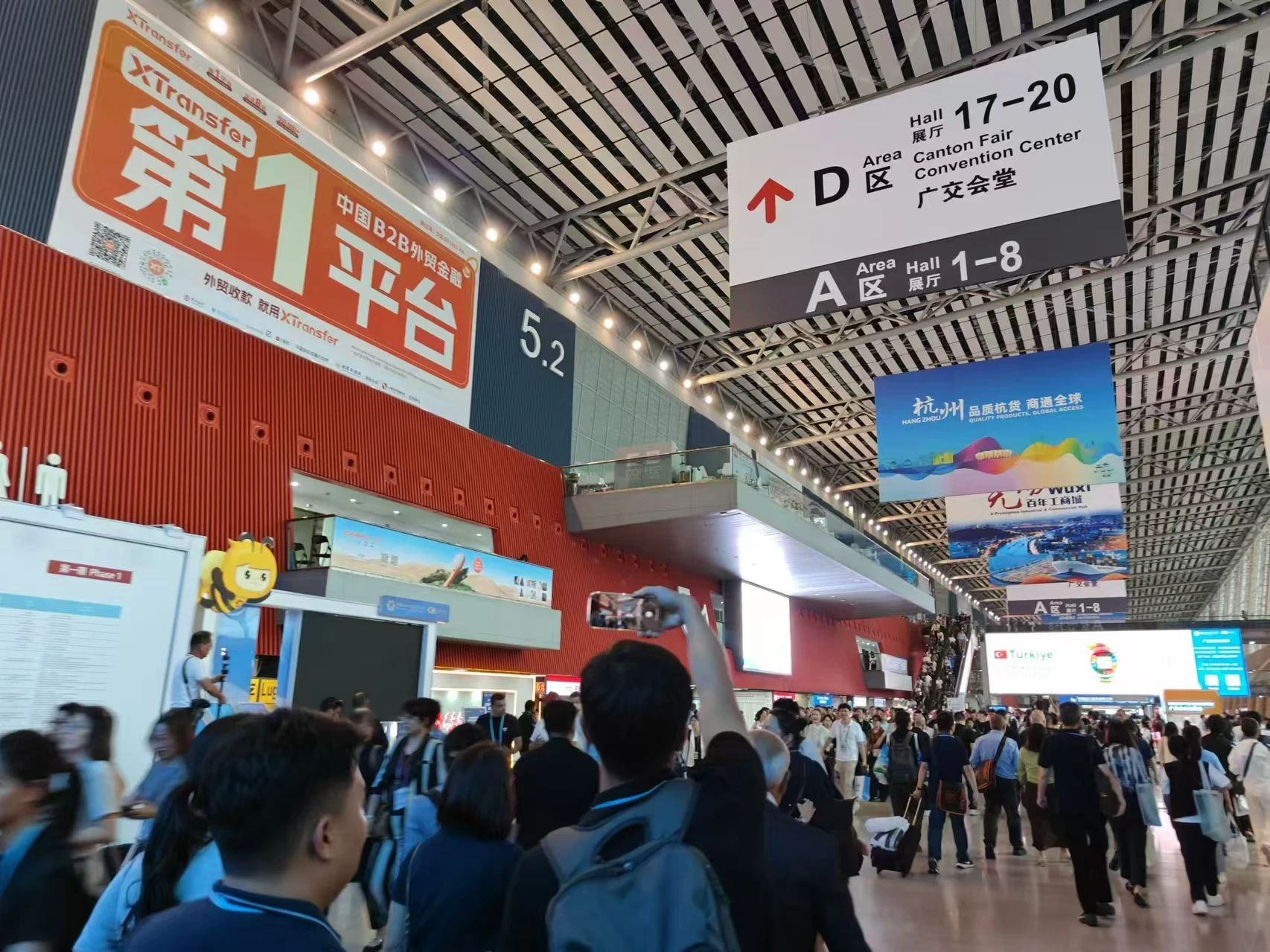
(retractable fly screens cost)
FAQS on retractable fly screens cost
Q: What is the average cost of retractable fly screens?
A: The average cost of retractable fly screens ranges from $150 to $400 per screen, depending on size and material. Custom options and professional installation may increase the price. Always compare quotes for the best deal.Q: How does the cost of fly screens vary by type?
A: Standard fly screens typically cost between $50 and $100 per screen. Retractable models are more expensive due to advanced mechanisms and materials. The total fly screens cost will also depend on window or door size.Q: What factors affect retractable fly screens cost?
A: Material quality, custom sizing, and installation fees significantly impact retractable fly screens cost. Larger windows or doors require larger or additional screens, raising costs. Extra features like UV protection may also add to the price.Q: How much does it cost to replace a fly screen on a window?
A: The average cost to replace window screens is $35 to $150 per window. Retractable fly screen replacements tend to be more expensive than standard ones. Prices include materials and labor for professional installation.Q: Are retractable fly screens worth the extra cost compared to standard screens?
A: Retractable fly screens cost more upfront but offer greater convenience, aesthetics, and durability. Many homeowners find them worth the investment for ease of use and better integration with modern décor. Assess your needs and budget before deciding.
Products
Latest news
-
Unveiling the Allure and Practicality of Classic Mosquito Nets
NewsJul.04,2025 -
Unraveling the World of Mosquito Nets: Varieties, Costs, and Production
NewsJul.04,2025 -
Redefining Protection and Style: The World of Mosquito Nets
NewsJul.04,2025 -
Enhancing Sleep and Style with Contemporary Mosquito Nets
NewsJul.04,2025 -
Diverse Solutions in Mosquito Netting: Sizes, Varieties, and Flexibility
NewsJul.04,2025 -
Deciphering Mosquito Nets: Significance, Varieties, and Applications
NewsJul.04,2025 -
Transforming Bedrooms into Mosquito - Free Havens
NewsJul.01,2025
